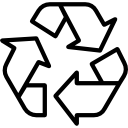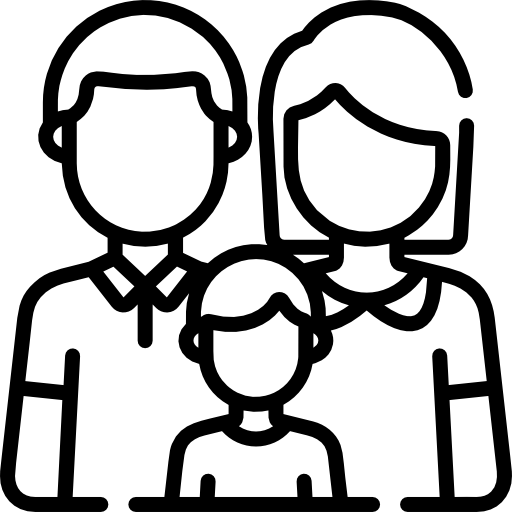Sustainable Living Program
A program to guide individuals and households to adopt sustainable practices, creating communities with a smaller environmental footprint. Our approach combines hands-on training on practices such as composting kitchen waste at home, waste segregation at source, using grey water, growing local and seasonal produce, and real-life behavior and habit changes such as reducing single-use plastics, reducing energy use, buying second-hand goods, buying less but choosing quality, and repairing rather than replacing items, to minimize consumption and waste.





